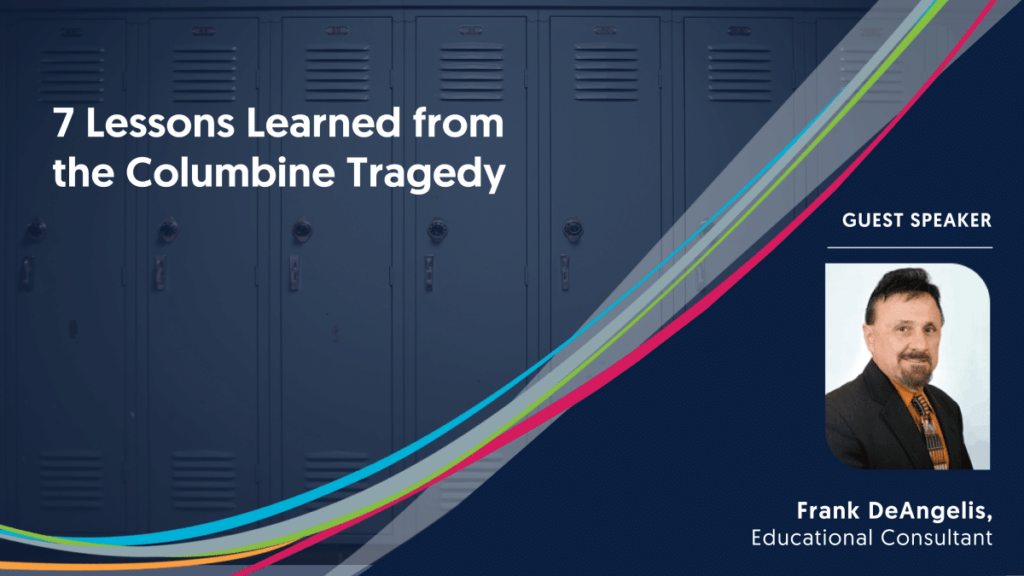
Retired principal of Columbine High School, Frank DeAngelis, joined us for an insightful webinar discussion on critical lessons learned from that fateful day on April 20th, 1999. From both response and recovery standpoints, we dive into why student safety is as important as ever, especially given the impacts of remote learning over the past year.
Frank DeAngelis has consulted with communities across the country following violent incidents, most recently at Sandy Hook Elementary. He has been recognized as a Colorado High School Principal of the Year and was a finalist for National Principal of the Year.
In this webinar, Lightspeed Systems shares how Lightspeed Alert™ is becoming an integral part of districts’ safety prevention programs to prevent school-based tragedies. Get a free demo of Lightspeed Alert, or any of our other edtech solutions, to see how Lightspeed can enhance the safety of your districts’ students and staff.